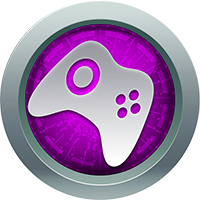Google recently unveiled its AI office suite tools at its developer conference keynote, called “Duet AI for Google Workspace”. It is a collection of AI-infused tools built into productivity apps such as Gmail, Docs, Slides, Sheets, etc. The features include generating a draft job description in Docs from just a couple of prompts, building a schedule for a dog walking business in Sheets, and even generating images to illustrate a presentation in Slides. The I/O presentation also introduced Sidekick, a feature designed to understand what you’re working on, pull together details from across Google’s different apps and present you with clear information to use as notes or even incorporate directly into your work.
Sidekick Feature
Sidekick is designed to offer prompts, contextual and changed based on what the user is working on, to help them proceed with their work. In a live demonstration of Sidekick, the audience was shown how it could analyze a roughly two-paragraph-long children’s story, provide a summary, and then suggest prompts for continuing it. It could also suggest and generate an image as an illustration. Sidekick was also shown summarizing a chain of emails, pulling out specific details from an associated Sheets spreadsheet and inserting them into an emailed response. On Slides, Sidekick suggested generating speaker notes for the presenter to read from while showing the slides.
Although the spirit of Clippy, Microsoft’s old assistant that would spring into action at the mere hint of activity in a Word document to ask if you wanted help with tasks like writing a letter, remains, Google’s Duet is surely in a different league. Both in terms of its reading comprehension and the quality of the text that the generative AI spits out, Duet is a modern twist on Clippy. But more important is how Sidekick offers information; it is summoned by the user and does not appear until they press its icon. This is important because Clippy used to annoy people with its constant popping up.
AI features like Duet and Sidekick are not there to teach users the basics of how to use Google Workspace or Microsoft Office. Instead, they are there to automate the process of writing letters, generating reports, and creating presentations. They are there to help users proceed with work and save time. These tools are now familiar but exhausting in the possibilities they offer. We no longer just sit, type, print, and email but, rather, collaborate across platforms, bring together endless streams of data, and try to produce a coherent output in multimedia splendor.


Leave a Reply